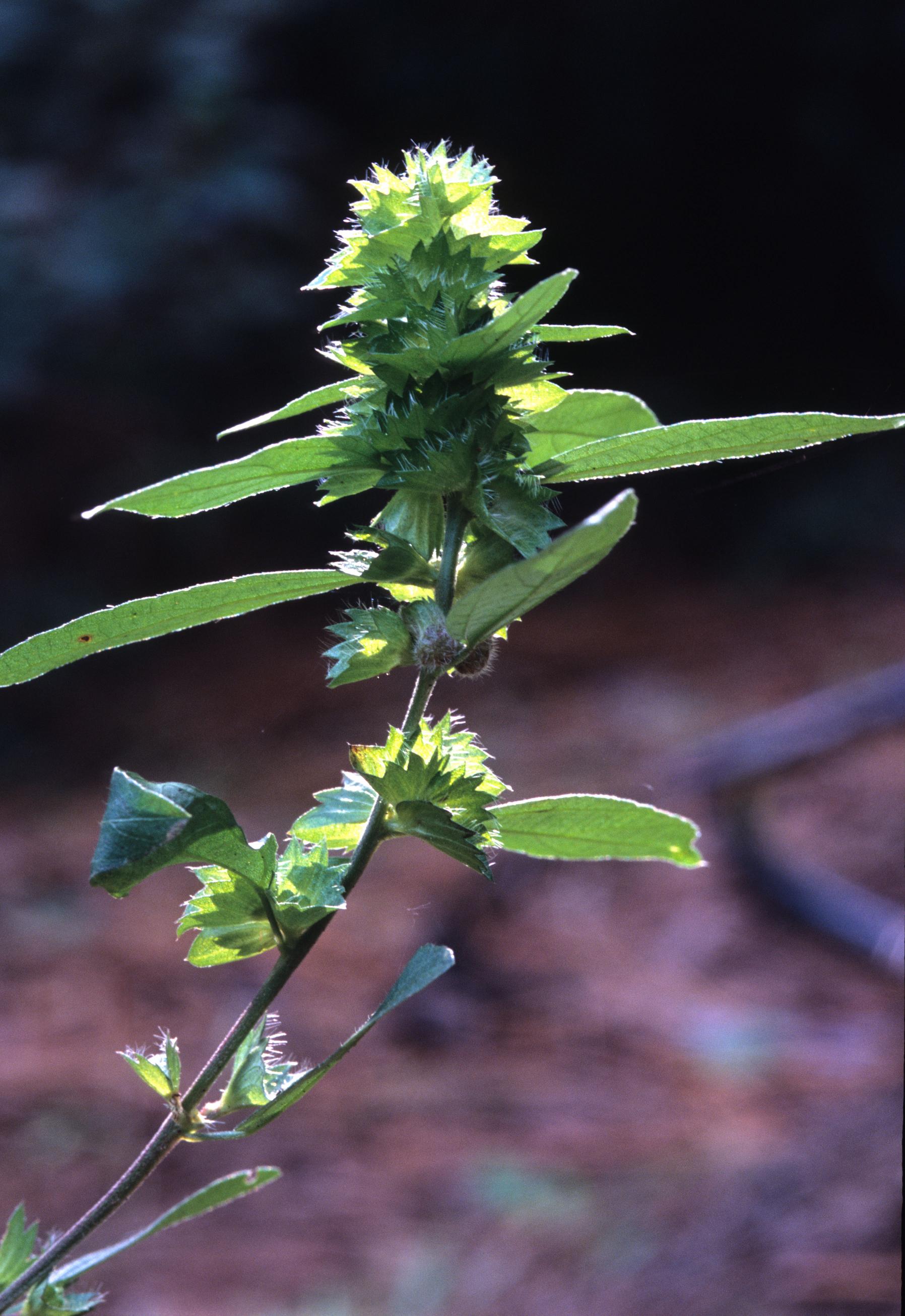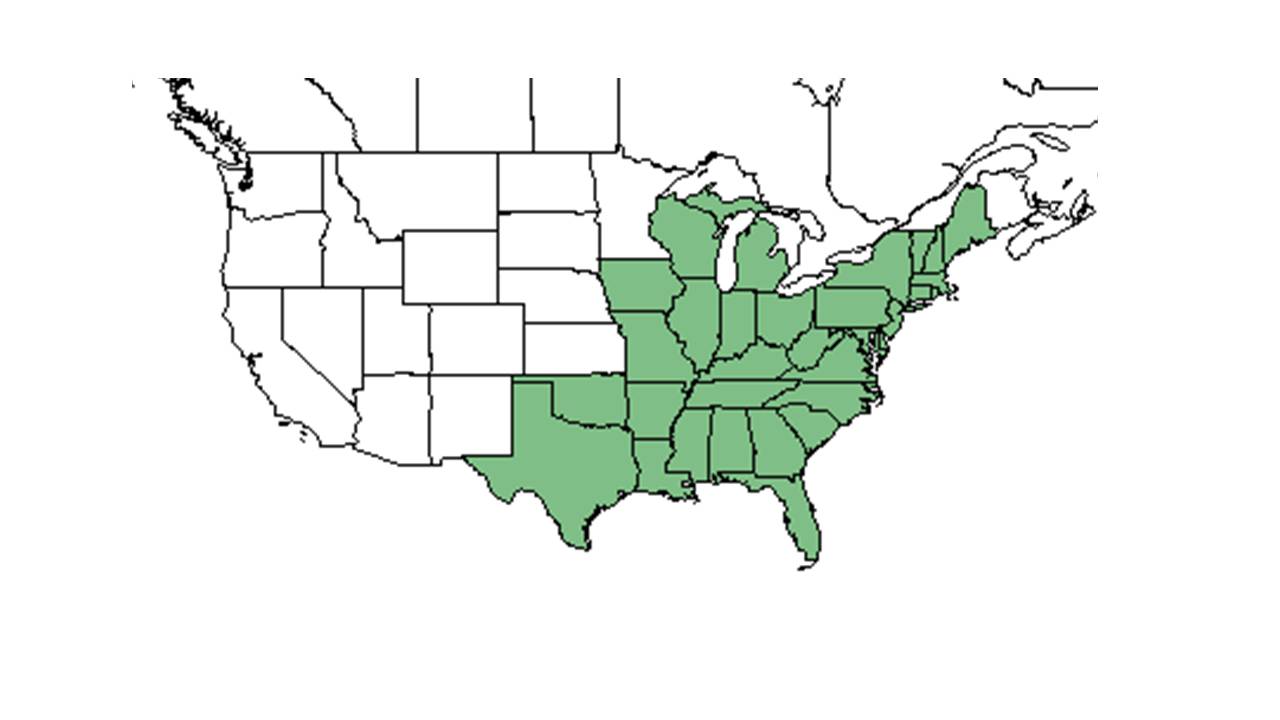Difference between revisions of "Acalypha gracilens"
| Line 5: | Line 5: | ||
| image = Acalypha gracilens_Gil.jpg | | image = Acalypha gracilens_Gil.jpg | ||
| image_caption = Photo was taken by Gil Nelson | | image_caption = Photo was taken by Gil Nelson | ||
| − | |||
| − | |||
| − | |||
| − | |||
| familia = Euphoriaceae | | familia = Euphoriaceae | ||
| genus = ''Acalypha'' | | genus = ''Acalypha'' | ||
Revision as of 20:26, 13 July 2015
| Acalypha gracilens | |
|---|---|

| |
| Photo was taken by Gil Nelson | |
| Scientific classification | |
| Family: | Euphoriaceae |
| Genus: | Acalypha |
| Species: | A. gracilens |
| Binomial name | |
| Acalypha gracilens A. Gray | |

| |
| Natural range of Acalypha gracilens from USDA NRCS Plants Database. | |
Contents
Description
Common names: Slender Threeseed Mercury; Three-seeded Mercury; Shortstalk Copperleaf
Is an annual (Hall 1993).
Distribution
It is frequent in central Florida, north Florida, and west Florida. This is also found west to Texas and north to Massachusetts. Flowers spring to fall, flowers all year in south Florida (Hall 1993). This is found in Virginia, Georgia, Florida, Alabama, and West Virginia (Radford 1964).
Ecology
Habitat
It can be found frequently burned sandhills (Entisols), pine flatwoods (Spodosols), and upland pine communities (Ultisols), as well as floodplain forest (Alphasols). It thrives in frequently burned pine communities (Heuberger et al 2003). It occurs in both native communities and areas with very disturbed soil (FSU Herbarium). It occurs in a fairly wide range of well-drained soils, from deep sand to loams (FSU Herbarium). Its light tolerance is fairly broad, from full light to shaded areas on the edges of open areas (FSU Herbarium). Common plant in southeastern U.S. pine communities. It is found in sandhills, flatwoods, hammocks, and disturbed sites (Wunderlin and Hansen 2003). It is also seen in dry sites (Hall 1993). It is found in woodlands and disturbed habitats. It's common throughout the piedmont areas and infrequent in the mountains (Radford 1964).
Phenology
Seed dispersal
Seed bank and germination
Fire ecology
Pollination
Use by animals
Diseases and parasites
Conservation and Management
Cultivation and restoration
Photo Gallery
References and notes
Florida State University Robert K. Godfrey Herbarium database. URL: http://herbarium.bio.fsu.edu. Last accessed: June 2014.
Collectors: Loran C. Anderson, Cecil R. Slaughter, R.A. Norris, R.F. Doren, and Robert K. Godfrey.
States and Counties:Florida: Calhoun, Gadsden, Leon, Liberty, Wakulla, and St. Johns. Georgia: Thomas.
Hall, David W. Illustrated Plants of Florida and the Coastal Plain: based on the collections of Leland and Lucy Baltzell. 1993. A Maupin House Book. Gainesville. 159. Print.
Heuberger, K. A. and F. E. Putz (2003). "Fire in the suburbs: ecological impacts of prescribed fire in small remnants of longleaf pine (Pinus palustris) sandhill." Restoration Ecology 11: 72-81.
Radford, Albert E., Harry E. Ahles, and C. Ritchie Bell. Manual of the Vascular Flora of the Carolinas. 1964, 1968. The University of North Carolina Press. 664-665. Print.
Wunderlin, Richard P. and Bruce F. Hansen. Guide to the Vascular Plants of Florida. Second edition. 2003. University Press of Florida: Gainesville/Tallahassee/Tampa/Boca Raton/Pensacola/Orlando/Miami/Jacksonville/Ft. Myers. 412-13. Print.